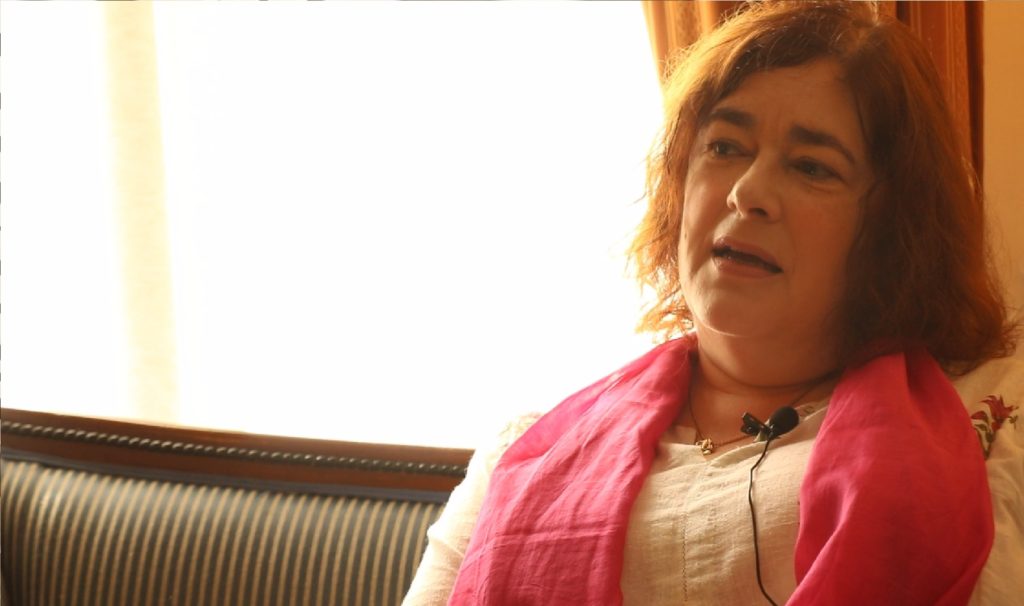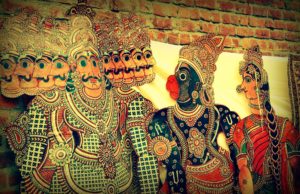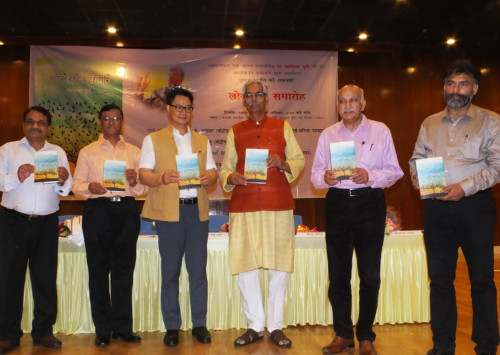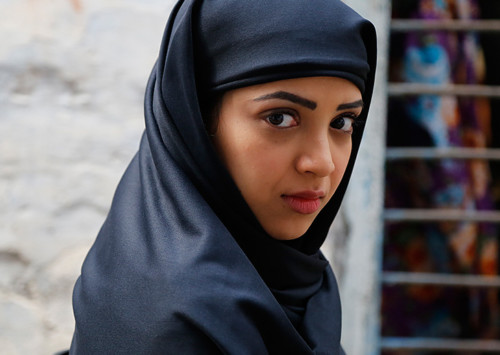An alternate take on Indian culture
The interpretations of Indian culture fusing with the western world and the rhetoric return to the roots of Indian mores, such as Sanskrit as a language, Gods seen as animals and the modern art forms deciphering traditional India, are becoming interesting subjects in the recent times.
Understanding the diverse and multi-faceted Indian culture has always allured global academics, and here’s a point of view coming from Rachel Dwyer, Professor of Indian Cultures and Cinema at SOAS, University of London. Her Bachelor’s degree was in Sanskrit from SOAS while her PhD research was on Gujarati lyrics of Dayaram (a songwriter from the western state of Gujarat); Professor Dwyer went on to study and teach Indian culture and cinema in-depth. Her published works reflect the intrinsic aspects of Indian cinema and interpret modern India from the varied nuances of Bollywood films. Professor Dwyer presented the Satyajit Ray memorial lecture at the 23rd Kolkata International Film Festival (KIFF 2017) this year and in a candid conversation with MIG, spoke about how India continues to enchant her.
“It’s terribly hard to bring a direct connection between cinema and an antique language like Sanskrit, but I am more interested to find out what the modern India thinks. Indians can definitely name a film or a filmmaker but not a Sanskrit book apart from the popular epics; that is sad, I think,” Rachel replied to a question in the press conference at the KIFF.
“To me, Ray was such a global citizen; he knew Indian music, he knew western music, he was aware of the European cinema and at the same time so well-versed with Indian literature and other world literature. Today, we are perhaps not so open in the wider context of culture,” she added.
Society and cinema – a mirror effect
Seeking the perspective of someone like Professor Dwyer on a pertinent issue such as the Indian society, a reflection of Indian cinema or vice-versa was undoubtedly enlightening.
Professor Dwyer said, “Although this is one of the binaries of modern cultures in the world, you can obviously say that religious practices in India have shared influences over the times. For example, the fasting of women observing the Karwa Chauth is taken up in films made by someone like Karan Johar, influences the rituals observed in India now, and then it comes back into cinema with the changes. It’s interesting to see that exchange between cinema and society and there is an exchange that keeps the two influence each other.”
Sharing her thoughts on the objectification of women in Indian cinema, she adds, “Even men are objectified in Indian cinema. There won’t be a Salman Khan film without him opening his shirt. Do you remember Dilip Kumar’s body, you remember his face, but now it’s more about the physicality of both actors and actresses.”
Animals and religion in India
Professor Dwyer in her huge body of work is recently pursuing a research on Asian elephants and shared how animals and their equation with human beings and Gods in India have fascinated her over the years. She pleasantly described, “Animals are perceived differently in various cultures, and in India, it is quite interesting, with one of the reasons being the large number of vegetarians in the country. Moreover, it’s fascinating to see that in India, Gods become animals, animals become humans and human become Gods; so, what’s really the difference?”
Finding religious annotations in animals in a country with so much of diversity in culture is not only difficult but at times quite impossible. “If you take Vishnu in his various incarnations, in one he is an animal, in one he is half man and half animal, and in another he is a man,” she added.
Talking about her work that’s taking a shape of a book very soon, Professor Dwyer told us about the time she has spent with the people who are working with elephants in South India. About the progress of her work, she said, “I have written about elephants and how they are important in the history of India starting from wars and then I have been writing about elephants in cinema, elephants in literature and obviously the idea of Ganesha as a God in India.”













